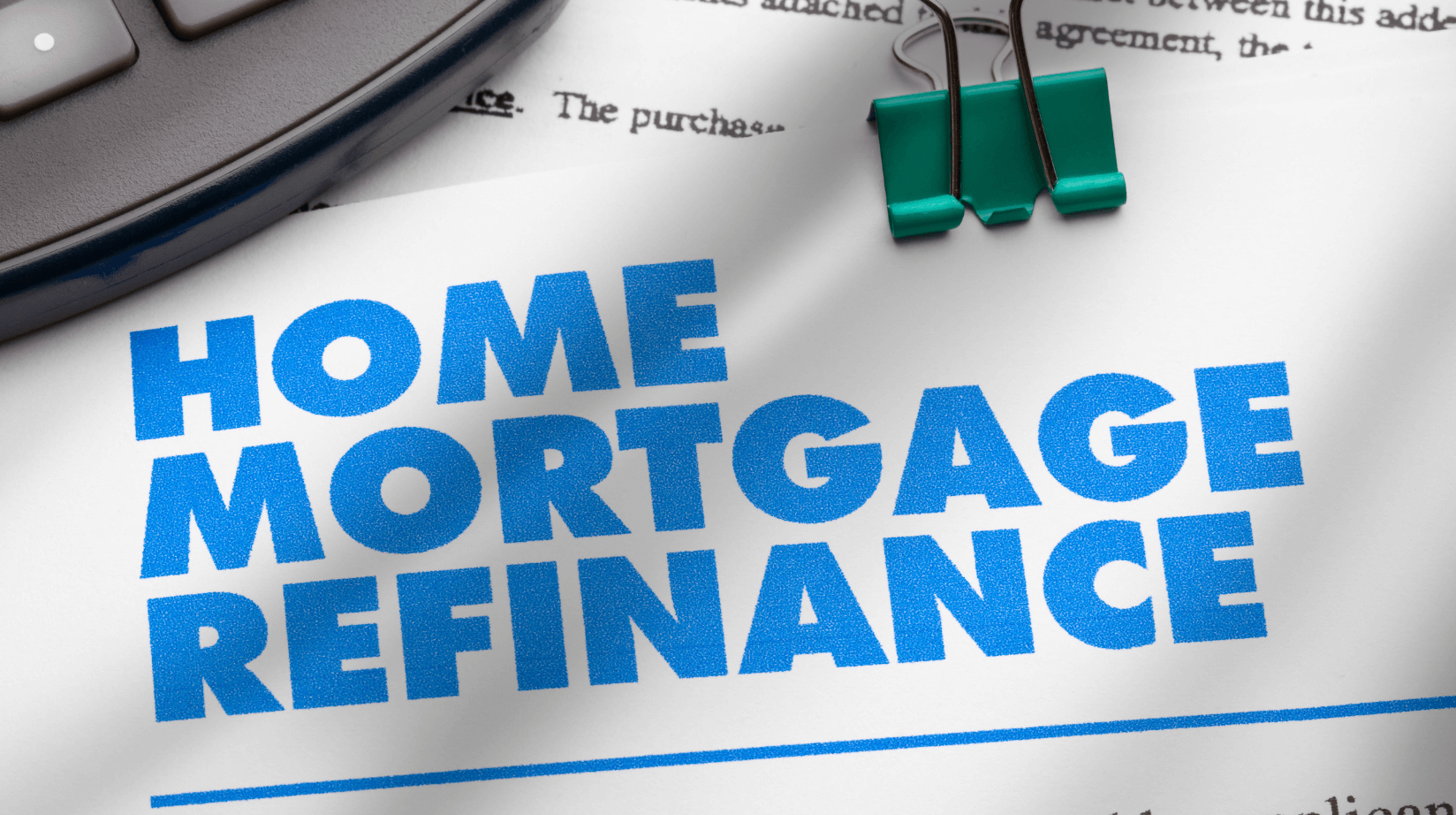Offset Account vs Redraw Facility: Everything you need to know
What is an Offset Account?
An Offset Account is a separate savings account linked to your home loan (both within the same bank/lender) where you can make a one-off deposit or regular deposits like your salary while allowing you to withdraw like a regular transaction account.
The significance of an Offset Account is that any funds in the account will act as a temporary principal paydown and therefore reduce the interest you pay on the loan.
While lenders will offer 100%/full Offset Accounts, some will only offer a partial offset.
What is a Redraw Facility?
A Redraw Facility is a feature of your home loan where you can withdraw from any extra repayments you have made above the minimum monthly repayments, potentially with a withdraw fee as well as a few days to process the transaction.
While most home loans (not including most fixed-rate home loans) will allow for extra repayments to be made, only loans with a Redraw feature will allow you to make withdrawments from these funds.
What are Extra Repayments?
Extra Repayments are voluntary additional funds you put into your home loan regularly and in conjunction with your minimum repayments.
When paying your monthly minimum repayments on a principal and interest loan, while the monthly repayment amount stays the same, the interest portion of the repayment is lowered and more of the amount goes towards your principal.
Extra repayments compound this effect because 100% of the extra repayments are paid directly into your principal, avoiding interest altogether, meaning you will be paying down your loan much quicker than the full 30 years.
What are the benefits of using an Offset Account or Redraw Facility?
The benefit of having an Offset Account or Redraw Facility is having the ability to withdraw funds which are being temporarily used to reduce the interest on your loan.
Without these two features, you would rely on extra repayments to reduce your interest. However, with extra repayments you cannot withdraw these funds which could be used for:
- Emergency funds
- Rearranging your funds into a higher Interest Rate (%) loan
- Pay off other debts
- Home renovations
- Vacations
A Redraw Facility will allow you to make withdraws from these funds if you have been making extra repayments.
An Offset Account, on the other hand, is a separate savings account linked to the loan but not the extra repayments funds meaning it will be much easier to access and withdraw from like a regular savings account. Because an Offset Account is not related to extra repayments it will not be paying down the loan directly but rather offsetting the outstanding balance of the loan. This will be explained in the Case Study below.
In the same way that extra repayments will allow you to pay your principal and interest home loan off faster, an Offset Account will (while not reducing your monthly repayments) lower the interest portion of the repayments, chipping away your home loan balance at a faster rate.
Another advantage of using an Offset Account or Redraw Facility is that the interest you save is not considered an income which means it won’t be taxed. This works best with an Owner-Occupied home loan because the interest charged on an owner-occupied loan is not tax-deductible, unlike investment loans.
Case Study
Offset Account
Peter and Sarah currently have an Investment Home Loan balance of $500,000. They have $80,000 in savings in their Offset Account. Peter has recently acquired $20,000 in inheritance and wants to add it to their Offset Account.
With $100,000 inside the full Offset Account, instead of paying interest on a $500,000 home loan, Peter and Sarah are now effectively paying interest on only $400,000 – the net difference between the home loan and money in the Offset Account.
As shown below, because Peter and Sarah chose a home loan product with a full Offset Account they are now saving ~$4,000 a year in interest!
| No Offset Account | With Offset Account | |
| Home Loan | $500,000 | $500,000 |
| Offset Account | $ – | $100,000 |
| Effective Outstanding Balance | $500,000 | $400,000 |
| Interest Rate | 4.00% | 4.00% |
| Monthly Repayments (Interest Only) | $1,667 | $1,333 |
| Net Interest Savings (Annual) | $4,000 | |
Disclaimer: The calculation does not factor in the compounding effect on the daily interest charged and it is to be used as illustrative purposes only
Redraw Facility
John and Jane are in the same situation except, instead of an Offset Account they are using a Redraw Facility with $2,000 in extra repayments every month on top of the $1,667 minimum.
After one year John and Jane will have:
- Saved $960
- Lowered their monthly repayments (IO) by $80
- Paid their loan down by $24,000
This $24,000 in extra repayments are the funds that John and Jane can withdraw from with their Redraw Facility.
| With Redraw Facility | ||
| Home Loan | $500,000 | $500,000 |
| Interest Rate | 4.00% | 4.00% |
| Monthly Repayments (Interest Only) | $1,667 | $1,667 |
| Extra Repayments | $0 | $2,000 |
| Annual Extra Repayments | $0 | $24,000 |
| Effective Outstanding Balance | $500,000 | $476,000 |
| New Monthly Repayments (Interest Only) | $1,667 | $1,587 |
| Net Interest Savings (Annual) | $960 | |
Disclaimer: The calculation does not factor in the compounding effect on the daily interest charged and it is to be used as illustrative purposes only
What is the difference between an Offset Account and Redraw Facility?
An Offset Account and a Redraw Facility both have common interest savings features however it is still important to know the difference and how it may impact you:
- Money sitting in an Offset Account is fully accessible at any time whereas in some cases, you must make an application to withdraw money from a Redraw Facility. If the lender does not have a transaction account, this may delay the time it takes for you to access your money.
- There is more flexibility in using an Offset Account because you can access your money through online transfers, withdrawing from an ATM or transact using a debit card.
- A Redraw Facility is only available to withdraw from if you have made extra repayments above the minimum scheduled amount and you can only redraw the additional funds you have made.
- An Offset Account is generally available under the lender’s professional package product that has an annual fee. A redraw facility may have low monthly fees or no account-keeping fees however there may be a transaction fee to access your money depending on the lender and the product you select.
- Some lenders may require you to have a minimum redraw amount such as $500 – 1,000 from the redraw facility whereas an offset account does not have any restrictions because it is a transaction account.
- There are different tax implications between an offset account and a redraw facility.
- Offset Account: An Offset Account does not change your loan balance directly rather it simply reduces the interest calculated based on the balance from a separate account linked to the home loan. Transacting using this account does not affect your future tax-deductibility if you decide to rent out your owner-occupied as an investment property which means the full loan balance can be deductible.
- Redraw Facility: If you are making extra repayment into your home loan, you are technically paying off your principal. This means that if you decide to convert your owner-occupied property into an investment in the future, you may not be able to claim any portion of the loan you have redrawn from your redraw facility for non-investment purposes such buying a car for personal use.
If you are thinking about renting out your first home one day and turn it into an investment property, you should seek financial advice on the best way to structure your home loan.
Offset Account vs. Redraw Facility
When should I use an Offset Account?
Homeowners with high savings and an Owner-Occupied home should consider an Offset Account as it allows for:
- Reduction in interest rate
- Paying off your home loan faster
- More flexibility with your cashflow
Because interest saved from using an Offset Account is not taxed, an Owner-Occupied home loan works best since the interest is not tax-deductible, unlike for investment loans.
When should I use a Redraw Facility?
A Redraw Facility can be useful if you want to save but you are not diligent with your savings. This may be suitable because some Redraw Facilities may require you to manually apply to redraw your ‘extra’ repayment which means you cannot access your funds immediately.
This can be used as a deterrent for some and help borrowers save money in the long run.
Advanced Tips for using an Offset Account.
There are several ways you can maximise the benefits of having an Offset Account.
- Managing savings – Some lenders have the capability of setting up multiple Offset Accounts linked to one loan at no additional cost. By having multiple offset account, you can manage your finances better. For example, you can create a separate offset account for different purposes such as;
- Saving for a holiday
- Looking to save for home improvements
- Long-term plans to save for your children’s future education
This will give you better visibility on where your money is going and allows you to see if you are on track with your saving goals while still benefiting from saving interest in your home loan.
- Maximise your interest savings with a credit card – Credit cards, like many other products can help maximise benefits if used correctly.
- Step 1 – Redirect any income (salary, rental, etc.) to your Offset Account
- Step 2 – Use your credit card for all your living expenses to take advantage of the interest-free period (depending on the credit card)
- Step 3 – Payoff your credit card every month so you do not accrue any interest on your credit card
By following the above steps, you will be able to benefit because;
- Interest on your home loan is calculated daily and if you deposit your income into the Offset Account, it will offset your home loan for the rest of the month without additional cost.
- Some credit cards accrue award points which you can convert into purchases or cash. If you have professional package home loan and credit card with the same lender, the annual fee is waived.
Are Offset Accounts or Redraw Facilities only available for Variable Loans?
No.
Some lenders offer a fixed-rate product for both Investment and Owner-Occupied loan with a 100% Offset Facility. This would give the borrower;
- Certainty with their home loan repayment during the fixed term
- Security of knowing that your interest rate won’t increase in a volatile interest rate environment
- Ability to reduce the interest calculated through the Offset Account
Borrowers can generally apply for fixed-rate up to 5 years before it reverts to a standard variable rate.
** General Advice Warning
The information provided on this website is general in nature only and it does not take into account your personal needs or circumstances into consideration. Before acting on any advice, you should consider whether the information is appropriate to your needs and where appropriate, seek professional advice in relation to legal, financial, taxation, mortgage or other advice.




